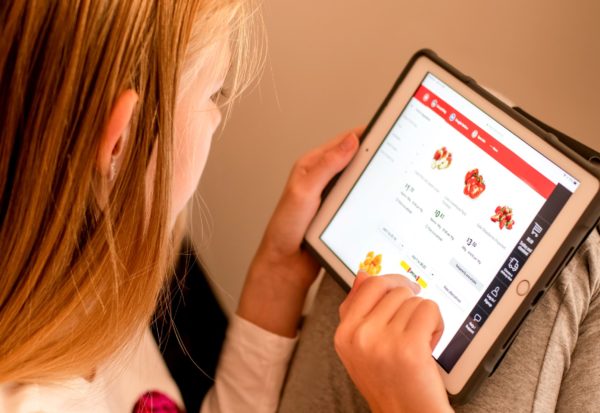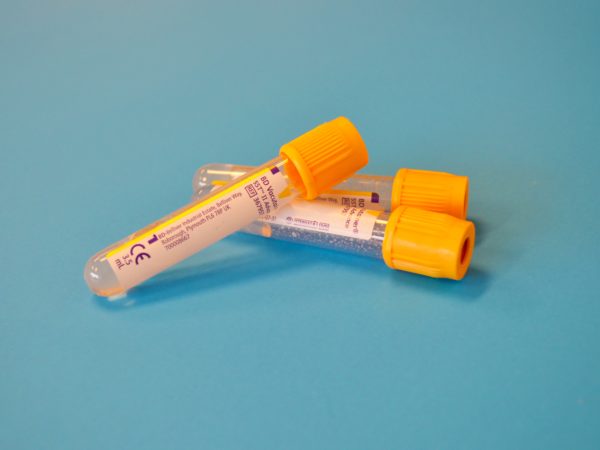A new study highlights some of the barriers children face in being more physically active in their local neighbourhoods.
Walking, scooting and riding to and from school helps children get the physical activity they need each day to be healthy and can kick-start healthy habits to set them up for a lifetime of good health.
However, new research by Deakin University’s Institute for Physical Activity and Nutrition (IPAN), in partnership with VicHealth, has found that how often a child independently travelled to and from school was affected by how much they enjoyed it, parental safety concerns and proximity to walking tracks.
The study, “What predicts children’s active transport and independent mobility in disadvantaged neighbourhoods?” provides novel information on patterns of children’s active transport and independent travel that could be used to help children and adolescents be more physically active in the future.
The research looked at changes over two years in 184 children with an average age of 12 years.
Significantly, those who took part in the survey came from socioeconomically disadvantaged areas in both urban and rural areas of Victoria.
Dr Jenny Veitch from IPAN said the research is of particular importance because children in this demographic tend to have low levels of physical activity and are at risk of poor health outcomes.
[testimonial_text]Our study is among the first to examine predictors of active transport and independent mobility to school and other local destinations.[/testimonial_text]
[testimonial_picture name=”Dr Jenny Veitch” details=”Senior Research Fellow”]
 [/testimonial_picture]
[/testimonial_picture]“We looked at how individual, social and physical environmental factors are associated with these behaviours over time,” she said.
Dr Veitch explained that almost half of the children (43 per cent) in the study used a form of active transport, such as walking, riding a bike, skateboard or scooter to get to or from school at least three or more times a week and that this didn’t change over the two year period.
“However, we did see a drop in the number of children who used a form of independent active travel to get to or from school, such as walking, riding a bike, skateboard or scooter without a parent or adult, at least three or more times a week over the two years of the study,” she said.
“When we started our research, 35 per cent of the children used some form of independent travel on the school journey, but two years later, that number had dropped to 30 per cent.
“We also found that road safety and social norms were associated with both active transport and independent travel by children to local destinations and these factors provide us with potential areas to target in the future.”
According to VicHealth CEO Jerril Rechter, there has been a dramatic decline in the proportion of children walking to school in recent decades and levels of obesity are rising.
“Only one in five children aged five to 17 gets the recommended amount of physical activity every day, so it’s important we try and turn those statistics around.
“This study highlights some of the barriers children face to becoming more physically active in their local neighbourhoods, particularly in disadvantaged communities. Changing social norms isn’t easy or a quick fix,” Ms Rechter said.
Dr Veitch said further studies with diverse populations of children and adolescents were now needed to build more conclusive evidence.
“We hope this research will then inform the work of health promotion practitioners, urban planners, and local councils to plan programs to promote active transport and independent mobility among youth,” she said.
The research, published in Health and Place last month was supported by an Australian Research Council (ARC) Linkage Grant and National Health and Medical Research Council (NHMRC) Strategic Award.



